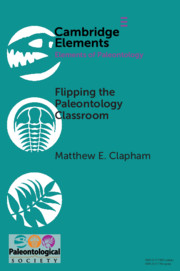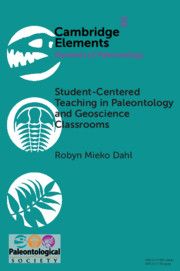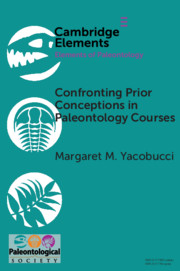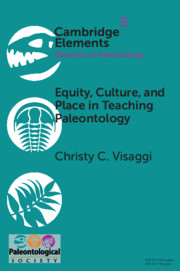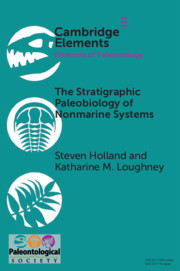Flipping the Paleontology Classroom
Lecturing has been a staple of university pedagogy, but a shift is ongoing because of evidence that active engagement with content helps strengthen learning and build more advanced skills. The flipped classroom, which delivers content to students outside of the class meeting, is one approach to maximize time for active learning. The fundamental benefit of a flipped class is that students learn more, but ensuring student preparation and engagement can be challenging. Evaluation policies can provide incentives to guide student effort. Flipping a class requires an initial time commitment, but the workload associated with evaluating student work during the course can be mitigated. The personal interactions from active learning are extremely rewarding for students and instructors, especially when class sizes are small and suitable room layouts are available. Overall, flipping a course doesn't require special training, just a willingness to experiment, reflect, and adjust.
Product details
November 2018Paperback
9781108717847
26 pages
230 × 153 × 3 mm
0.06kg
3 tables
Available
Table of Contents
- 1. Introduction
- 2. Implementing the flipped classroom
- 3. Benefit – students learn more
- 4. Benefit – in-class work can be made challenging
- 5. Benefit – students work more
- 6. Benefit – greater interaction with and among students
- 7. Conclusions.

